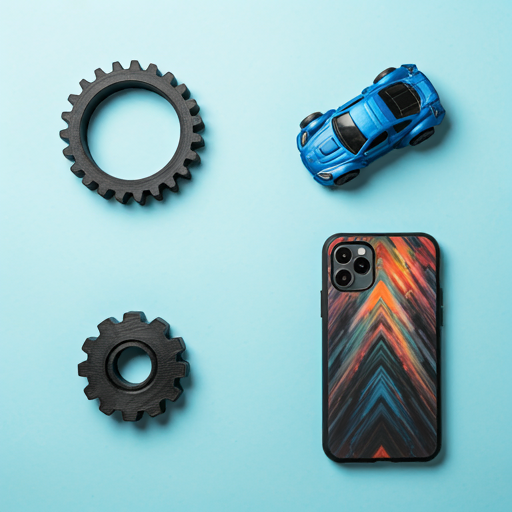
-
How it works
-
Industries
-
Services
-
Material
-
Company
-
Resources



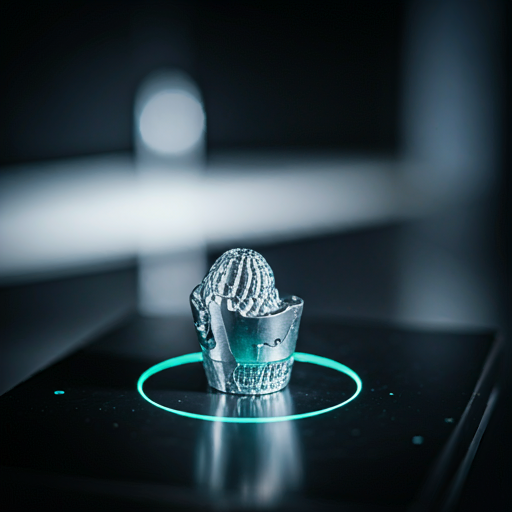
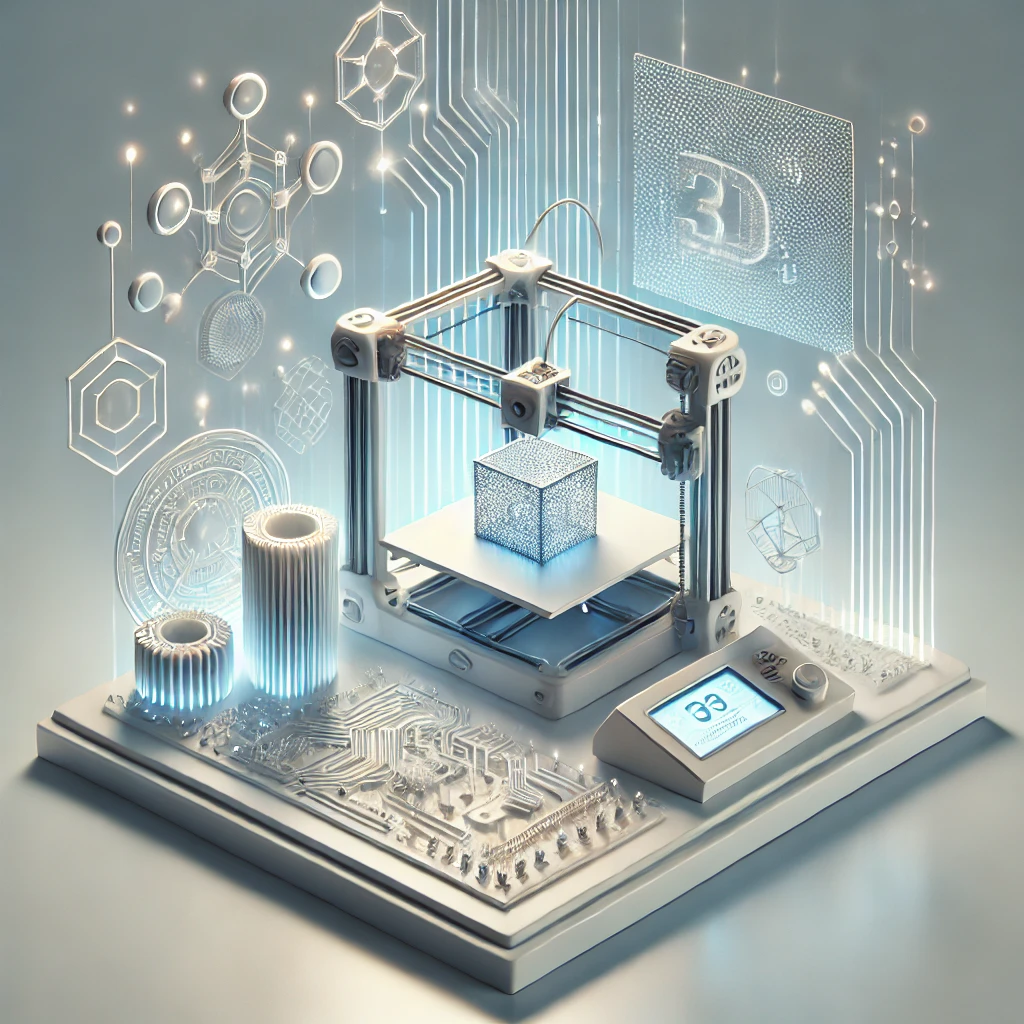




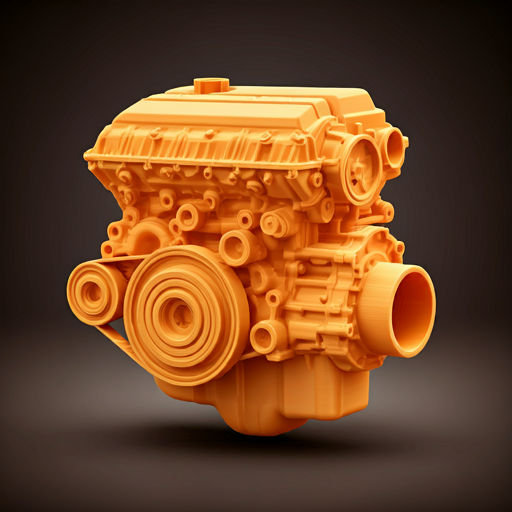

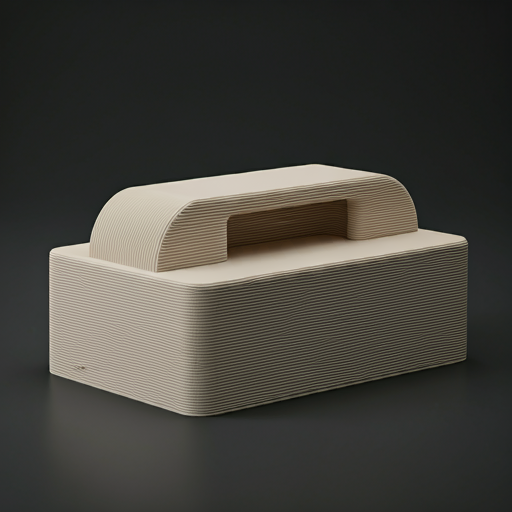
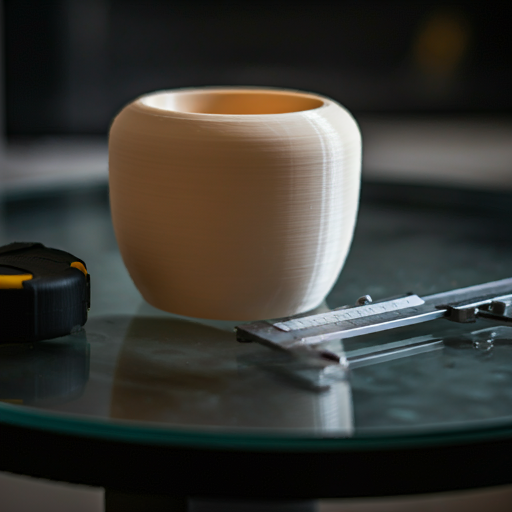
 Industries
Industries
Discover PLA, an eco-friendly thermoplastic popular in FDM 3D printing, known for its ease of use, biodegradability, and excellent surface finish—ideal for prototypes, educational projects, and hobbyist creations.
PLA is a biodegradable thermoplastic derived from renewable resources like cornstarch or sugarcane. It is one of the most commonly used materials in FDM 3D printing due to its low printing temperature, minimal warping, and ease of use. PLA offers good tensile strength and produces parts with a smooth surface finish, making it ideal for detailed prototypes, aesthetic models, and educational projects. Its biodegradability and bio-based origin make it an environmentally friendly option compared to petroleum-based plastics. While PLA is not as heat-resistant or impact-resistant as other materials like ABS, it remains a popular choice for applications where mechanical stress is minimal.





 FDM compatible
FDM compatible Easy to Print
Easy to Print Biodegradable
Biodegradable Minimal Warping
Minimal Warping Good Surface Finish
Good Surface Finish Low Heat Resistance
Low Heat Resistance Brittle Compared to Other
Plastics
Brittle Compared to Other
Plastics Limited Mechanical Strength
Limited Mechanical Strength
 Not Suitable for High-Stress
Applications
Not Suitable for High-Stress
ApplicationsKey ABS properties rated to guide you in selecting the best fit for your 3D printing needs.
PLA is ideal for creating prototypes, concept models, decorative items, and educational tools where ease of printing and visual appeal are prioritized over mechanical performance. Its low warping tendency and biodegradability make it suitable for hobbyist projects and classroom settings.
 Classroom models
Classroom models Educational tool
Educational tool Student projects
Student projects Concept models
Concept models Visual prototypes
Visual prototypes Form and fit testing
Form and fit testing Sculptures
Sculptures Decorative pieces
Decorative pieces Architectural models
Architectural models Toys and figurines
Toys and figurines Household items
Household items Promotional items
Promotional items Rapid Prototyping
Rapid Prototyping Low-Stress Functional Parts
Low-Stress Functional Parts Hobbyist Projects
Hobbyist Projects Mold Patterns
Mold PatternsOffers decent tensile strength with low flexibility, suitable for parts not subjected to mechanical stress.
| Property | Value, metric |
|---|---|
| Tensile Strength | Approximately 50 MPa |
| Tensile Modulus | Approximately 3,500 MPa |
| Elongation at Break (%) | 6% |
| Flexural Strength | Approximately 80 MPa |
| Flexural Modulus | Approximately 3,800 MPa |
| Notched Izod Impact Strength | Approximately 16 J/m |
| Shore Hardness | Shore D 83 |
Printing with PLA is straightforward and user-friendly, making it an excellent choice for beginners and professionals alike. It requires lower extrusion temperatures and does not necessitate a heated bed, though one can be used to improve adhesion. PLA has minimal warping and good layer adhesion, resulting in high-quality prints with fine details and smooth surfaces.
| Type | Value |
|---|---|
| Lead Time | 1-3 business days |
| Wall Thickness | Minimum 0.8 mm |
| Tolerance | ±0.15%, minimum ±0.1 mm |
| Max Part Size | Up to 450 x 450 x 450 mm |
| Layer Height | 0.05 mm to 0.3 mm |
Has a low heat resistance; parts may deform at relatively low temperatures.
| Property | Value, metric |
|---|---|
| Heat Deflection Temperature (HDT) | Approximately 55°C at 0.455 MPa |
| Thermal Expansion Coefficient | Approximately 68 x 10^-6 /°C |
| Thermal Expansion (Scale 0-100) | 60 |
| Max Service Temperature | Up to 50°C before significant deformation may occur |
Acts as an electrical insulator, suitable for non-conductive applications.
| Property | Value, metric |
|---|---|
| ESD Safety | Standard PLA is not ESD safe; special ESD-safe variants are rare. |
| Conductivity | Non-conductive; good insulating properties |